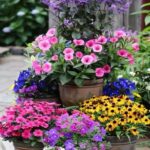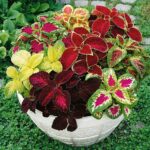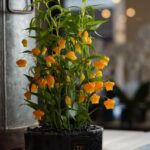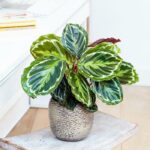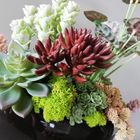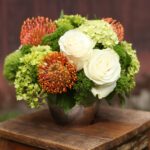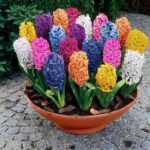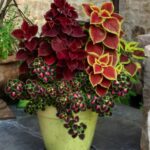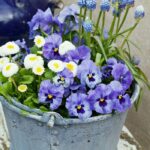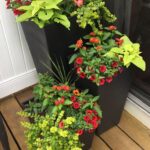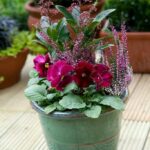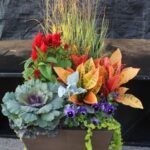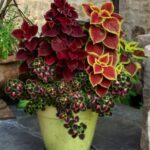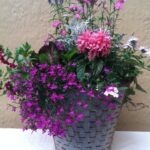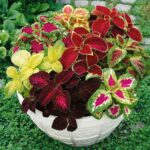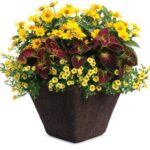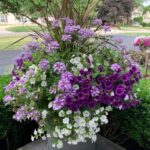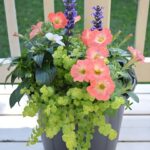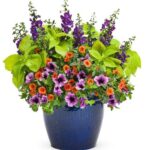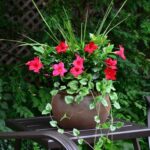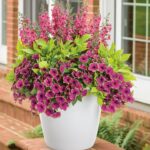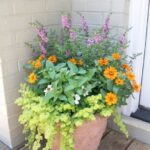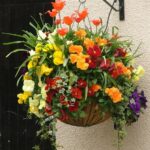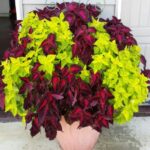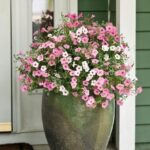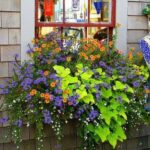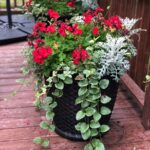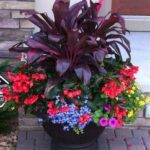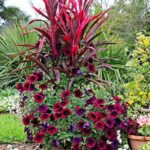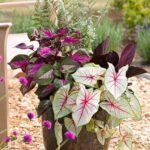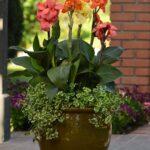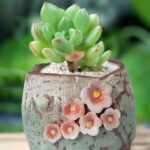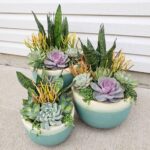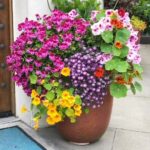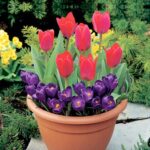Designing an amazing planter container involves a combination of creativity, functionality, and an understanding of the plants you wish to grow. Here’s a step-by-step guide to help you create a beautiful and practical planter:
Step-by-Step Guide
1. Choose the Right Materials
- Wood: Rustic and natural look; ensure it’s treated to prevent rot.
- Metal: Modern and sleek; use rust-resistant types like galvanized steel.
- Ceramic: Decorative and colorful; ensure it has drainage holes.
- Plastic: Lightweight and versatile; choose UV-resistant types to prevent fading.
2. Decide on the Shape and Size
- Shape: Rectangular, circular, square, or unique custom shapes depending on space and aesthetic preference.
- Size: Match the planter size to the root system of the plants. Larger plants need more space.
3. Incorporate Drainage
- Holes: Ensure there are sufficient drainage holes at the bottom to prevent waterlogging.
- Layering: Add a layer of pebbles or broken pottery pieces at the bottom to improve drainage.
4. Consider Portability
- Casters: Add wheels to the bottom for easy movement.
- Handles: Integrate handles or use lightweight materials for easier transportation.
5. Design for Functionality
- Self-Watering System: Incorporate a reservoir at the bottom to keep the soil moist.
- Vertical Planters: For small spaces, design a vertical planter to grow multiple plants in tiers.
6. Aesthetic Elements
- Color: Paint or stain the planter to match your garden decor.
- Texture: Use different textures like smooth finishes, rough-hewn wood, or decorative tiles.
- Accessories: Add decorative elements like wrought iron accents, mosaic tiles, or hand-painted designs.
7. Plant Selection and Arrangement
- Theme: Choose a theme like a herb garden, succulent mix, or flowering plants.
- Arrangement: Plan for height, color, and growth habits. Tall plants at the back, trailing plants on the sides, and fillers in between.
- Companion Planting: Select plants that thrive together and have similar water and sunlight needs.
8. Environmental Considerations
- Climate: Choose materials that can withstand your local climate.
- Sustainability: Use recycled or eco-friendly materials where possible.
 Flower Love
Flower Love

